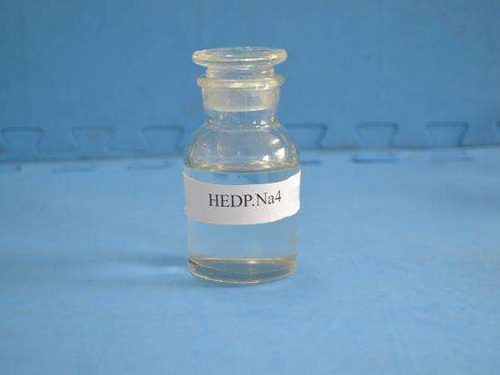flocculant vs coagulant
Flocculants vs. Coagulants Understanding the Differences and Applications in Water Treatment
Water treatment processes are essential for ensuring clean and safe drinking water as well as for the effective management of industrial wastewater. Among the various chemicals utilized in these processes, flocculants and coagulants play crucial roles. While these terms are often used interchangeably, they refer to different substances and functions within the water treatment hierarchy. Understanding their distinctions, similarities, and applications is vital for professionals in environmental science and water management.
Coagulants are chemicals used to promote the aggregation of suspended particles in water. When added to water, coagulants destabilize the particles and neutralize their charges, encouraging them to clump together into larger aggregates or flocs. Common coagulants include aluminum sulfate (alum), ferric chloride, and polyaluminum chloride. This process is known as coagulation and is typically the first step in water treatment. The primary goal of coagulation is to remove colloidal particles, organic matter, and other impurities that can lead to water contamination or affect the aesthetic qualities of the water.
Flocculants vs
. Coagulants Understanding the Differences and Applications in Water TreatmentThe interaction between coagulants and flocculants is pivotal in optimizing the water treatment process. While coagulation alone can remove a certain percentage of impurities, the addition of flocculants can significantly enhance the overall efficiency of particle removal. Therefore, understanding the right combinations of coagulants and flocculants for specific water types is critical for maximizing treatment effectiveness and minimizing chemical use.
flocculant vs coagulant

In practical applications, both coagulants and flocculants are extensively used in various industries, including municipal water treatment, wastewater treatment, and even in processes within the food and beverage sector. For instance, in municipal water treatment plants, coagulants are used first to treat raw water and eliminate suspended solids, after which flocculants are added to improve the settling of flocs in clarification tanks, ensuring cleaner and clearer water reaches the consumers.
Furthermore, industries dealing with large volumes of wastewater, such as textiles, chemicals, and food processing, rely heavily on these chemicals to reduce the environmental impact of their effluents. With stringent regulations concerning wastewater discharge, the effective use of coagulants and flocculants can mean the difference between compliance and costly violations.
Environmental considerations also come into play when choosing between coagulants and flocculants. The evolution of water treatment technologies has led to the development of more environmentally friendly options, including bio-based coagulants and flocculants. Such alternatives not only ensure efficient treatment but also pose less risk to the ecosystem, promoting sustainability in water treatment practices.
In conclusion, while both flocculants and coagulants serve essential purposes in water treatment, they operate through distinct mechanisms that enhance the purification process. Coagulants initiate the removal of suspended particles, while flocculants optimize the aggregation and settling of these particles. As the demand for clean water grows and environmental regulations tighten, understanding and effectively utilizing these substances will remain a cornerstone of modern water treatment strategies.
-
Water Treatment with Flocculant Water TreatmentNewsJun.12,2025
-
Polymaleic AnhydrideNewsJun.12,2025
-
Polyaspartic AcidNewsJun.12,2025
-
Enhance Industrial Processes with IsothiazolinonesNewsJun.12,2025
-
Enhance Industrial Processes with PBTCA SolutionsNewsJun.12,2025
-
Dodecyldimethylbenzylammonium Chloride SolutionsNewsJun.12,2025





